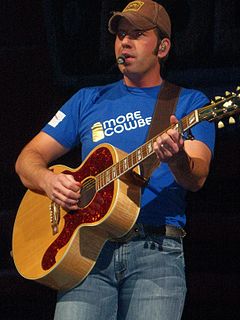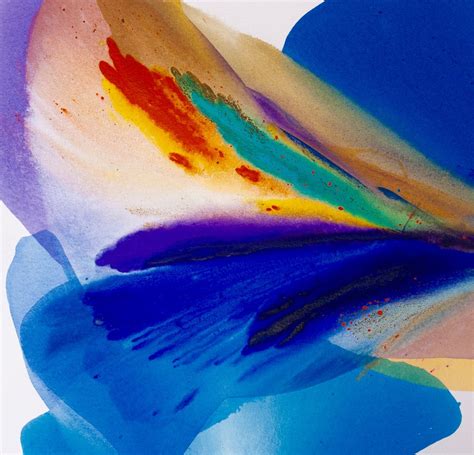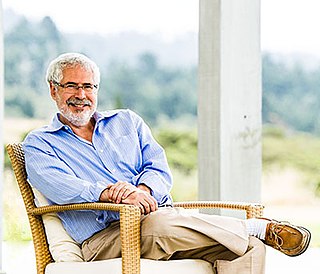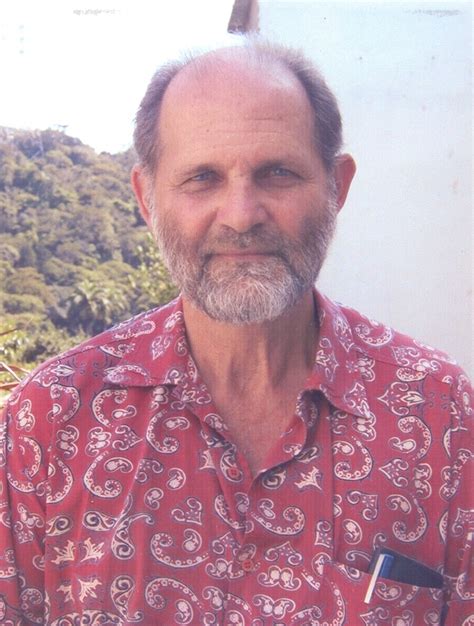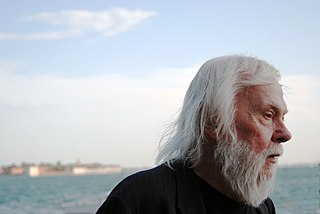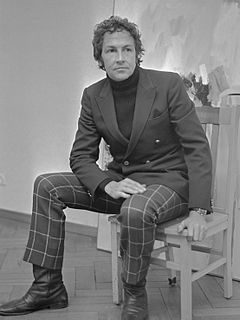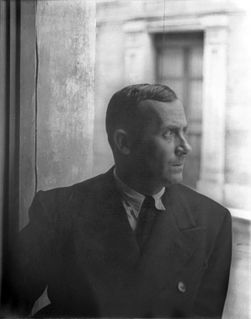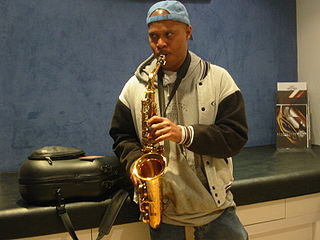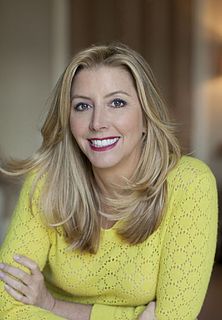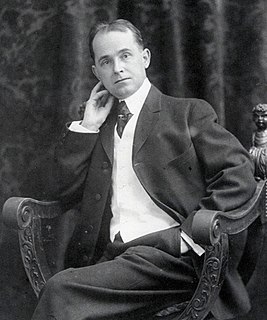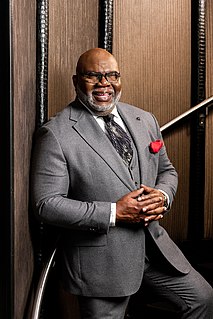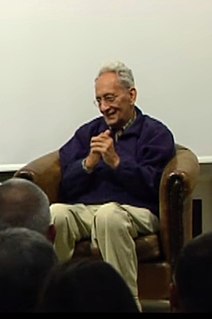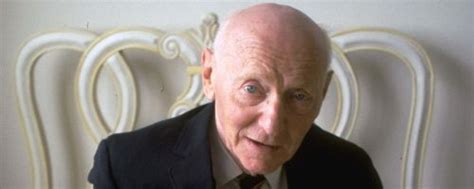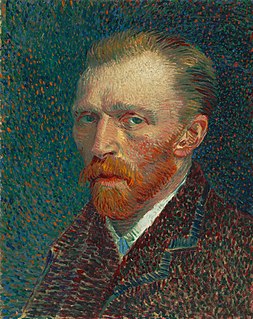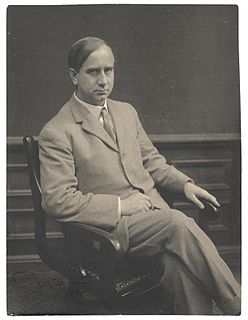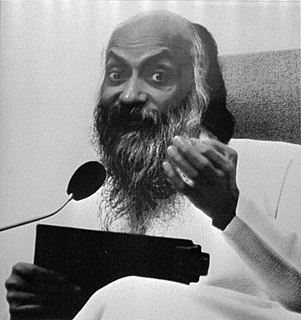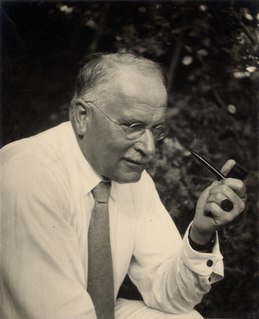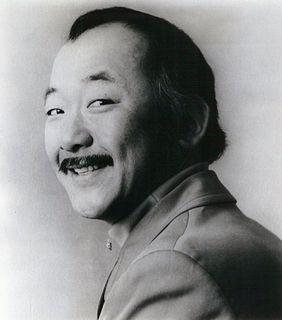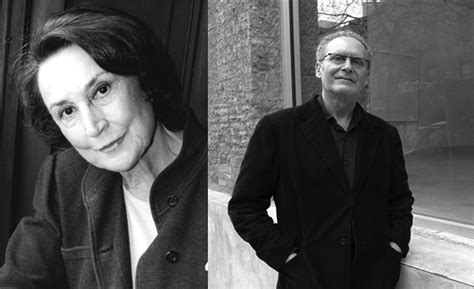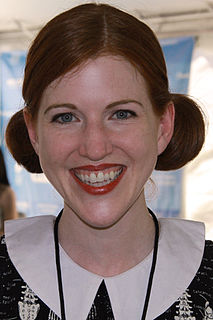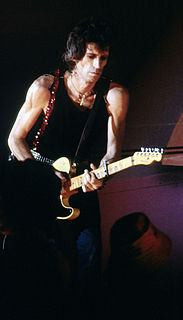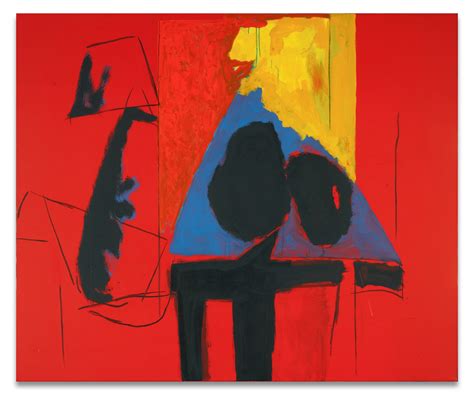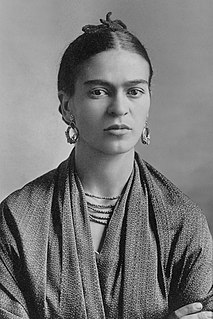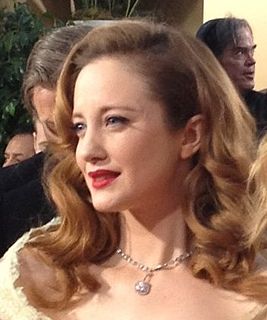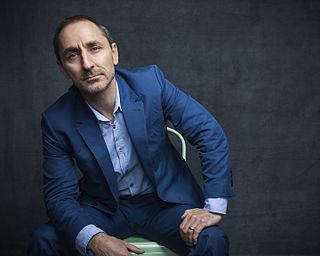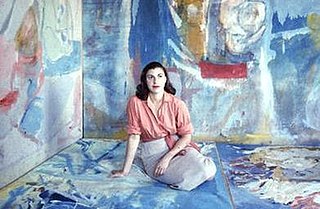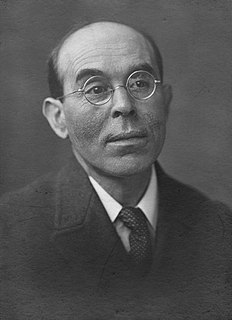Top 766 Canvas Quotes & Sayings
Explore popular Canvas quotes.
Last updated on April 14, 2025.
You wind up creating from silence, like painting a picture on a blank canvas that could bring tears to somebody's eyes. As songwriters, our blank canvas is silence. Then we write a song from an idea that can change somebody's life. Songwriting is the closest thing to magic that we could ever experience. That's why I love songwriting.
I work on stretched linen canvas, sized so that the surface already has a sense of tension when I begin. It is a very rich and reactive surface. I begin by drawing on the canvas with a kind of loose line, very simply and freely. I paint very thinly, which allows me to change the drawing if I want to.
There is an exercise I teach at colleges: Get yourself a canvas and a bunch of acrylics and go into a very dimly lighted room. Dip a brush into one of the colors, slap it on the canvas, don't look, close your eyes, make a painting, don't look, turn the lights on and see what you've got. I think this releases people from the editor in their life that's always standing over their shoulder saying, "Oh, you don't have any talent; who do you think you are?"
Never, never do I set to work on a canvas in the state it comes in from the shop. I provoke accidents - a form, a splotch of color. Any accident is good enough. I let the matiere decide. Then I prepare a ground by, for example, wiping my brushes on the canvas. Letting fall some drops of turpentine on it would do just as well. If I want to make a drawing I crumple the sheet of paper or I wet it; the flowing water traces a line and this line may suggest what is to come next.
I hope and dream the time will come when serious artists will make marvelous pictures that will love and live in life-like manner and be far more interesting and wonderful than pictures you now see on canvas. I think if Michelangelo was alive today he would immediately see the wonders...The artist can make his scenes and characters live instead of stand still on canvas in art museums.
I always get into arguments with people who want to retain the old values in painting - the humanistic values that they always find on the canvas. If you pin them down, they always end up asserting that there is something there besides the paint on the canvas. My painting is based on the fact that only what can be seen there is there... What you see is what you see.
The challenge of yoga is to go beyond our limits - within reason. We continually expand the frame of the mind by using the canvas of the body. It is as if you were to stretch a canvas more and create a larger surface for a painting. But we must respect the present form of our body. If you pull too much at once, we will rip the canvas. If the practice of today damages the practice of tomorrow, it is not correct practice.
Just slap anything on when you see a blank canvas staring you in the face like some imbecile. You don't know how paralyzing that is, that stare of a blank canvas is, which says to the painter, ‘You can't do a thing’. The canvas has an idiotic stare and mesmerizes some painters so much that they turn into idiots themselves. Many painters are afraid in front of the blank canvas, but the blank canvas is afraid of the real, passionate painter who dares and who has broken the spell of `you can't' once and for all.
Whether you create, or you observe an objective piece of creativity, meditation should be the key. Without it, mind can only spread on the canvas its nightmares. Most of the paintings of the great painters like Paul Gaugin or Picasso are almost like vomit. They could not contain their agony and suffering - it was so much they threw it on the canvas to get relief. The real objective art is not a relief; it is not a sickness that you want to get rid of. It is a blissfulness that you want to share. And by sharing, it grows; you have more of it, the more it is shared.
I've never found anything to be lacking in a blurry canvas. Quite the contrary: you can see many more things in it than in a sharply focused image. A landscape painted with exactness forces you to see a determined number of clearly differentiated trees, while in a blurry canvas you can perceive as many trees as you want. The painting is more open.
Money is like a canvas or a shape shifter. It's like whatever you project on that canvas, that's what money is for you. Really, in its essence it's power. Most people relate to money the way they relate to power. They either think other people have it, and they don't and they're mad about it, or they feel fearful of it like having it would be a burden or a responsibility.
Art wasn't for selling. Actually, we once did have an offer on Double Negative. Things could be sold actually - everything could be for sale. But we had very few buyers. I think it was Michael Heizer who said that the point was to have a bigger canvas, and I've used that expression quite a bit. But I was thinking today that a canvas has boundaries; it has limit to it. And for earthwork, it was the very openness and feeling that there were no boundaries that made it so exciting.
Colour, as the strange and magnificent expression of the inscrutable spectrum of Eternity, is beautiful and important to me as a painter; I use it to enrich the canvas and to probe more deeply into the object. Colour also decided, to a certain extent, my spiritual outlook, but it is subordinated to life, and above all, to the treatment of form. Too much emphasis on colour at the expense of form and space would make a double manifestation of itself on the canvas, and this would verge on craft work.
We're an industry obsessed with the storytelling side of things, the content. And then we got obsessed with the canvas. Is it going to be on television? Is it print? And now the canvas is mobile. But what we really need to think about is the context. The context is where and when the person is consuming it - location, time of day.
No one would want to pay a penny for an empty canvas by me. But it would be quite another if the empty canvas were signed by a great artist. I would be surprised if an empty canvas by Picasso or Matisse signed and inscribed with the words, 'I wanted to paint such and such on this canvas, but did not do so,' would not fetch thousands... After all, with an empty canvas, the possibilities are limitless, and so perhaps is the cash.
